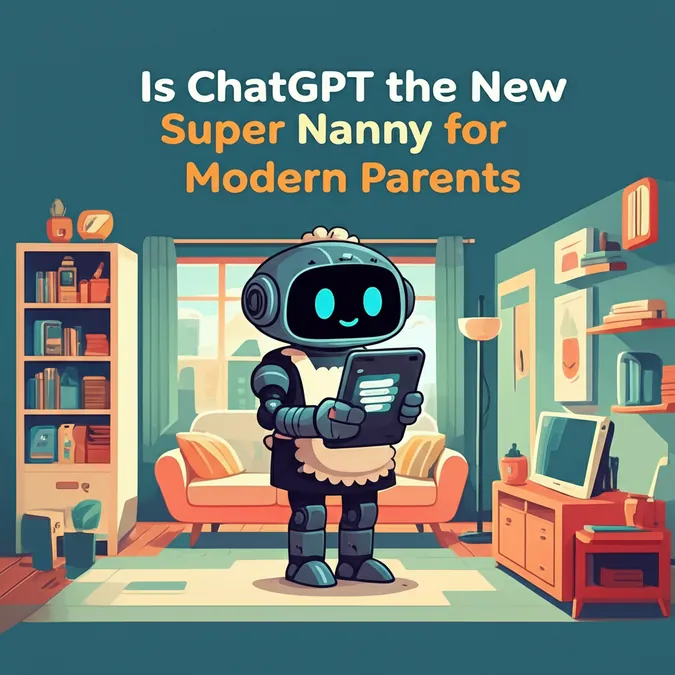AI Fuels Alarming Surge in Child Abuse Material Reports
An Alarming 86% Spike in AI-Generated Abuse Material
Dutch police are confronting a disturbing new trend in their investigations: a sharp rise in AI-generated child pornography. According to data from the police’s anonymous reporting center, Meld Misdaad Anoniem, the number of reports concerning child abuse images created with artificial intelligence surged by 86 percent in 2024 compared to the previous year.
In 2023, authorities received 82 such reports. That number jumped to 153 in 2024, highlighting a rapid and concerning escalation in this type of illicit content, as detailed in a report from the Telegraaf.
Law Enforcement Grapples with a New Threat
This increase is not just a statistical anomaly; it represents a significant challenge for law enforcement. "We’re seeing a significant increase in the amount of AI-generated child abuse images we detect," stated Danny van Althuis of the police to the Telegraaf. He explained the unique danger posed by AI, noting, "The fact that people can unleash their own imaginations about what they want to see depicted turns that imagination into a kind of sliding scale in the seriousness of the material.”
Van Althuis was directly involved in a recent high-profile case, a Europol operation that dismantled an AI child porn platform, leading to 25 arrests worldwide. In connection with this ring, four individuals in the Netherlands were suspected of purchasing this material but were ultimately let off with a police warning.
Debunking the Myth of a Victimless Crime
The police’s Child Pornography and Child Sex Tourism Team is working to emphatically refute the dangerous misconception that AI-generated material is a harmless alternative to real abuse. A spokesperson for the team clarified the severe implications of this content.
“While these aren’t real children, real abuse material was used to train/improve the AI tool in generating child pornographic images," the spokesperson told the newspaper. This means the creation of synthetic images is often built upon the suffering of real victims. Furthermore, the material itself is a threat. "The material can be used to give children the idea that performing certain actions is ‘normal,’ thus facilitating abuse. Viewing child pornography can also encourage someone to commit abuse themselves.”
The Legal Stance No Distinction Under Dutch Law
From a legal standpoint, Dutch law is clear and uncompromising. There is no distinction made between real and AI-generated child pornography when it comes to criminal liability. The creation, distribution, and possession of these images are punishable offenses, regardless of whether a real child or a synthetic image is depicted. This firm legal framework underscores the severity with which authorities view this crime, recognizing the potential for harm in all its forms.


